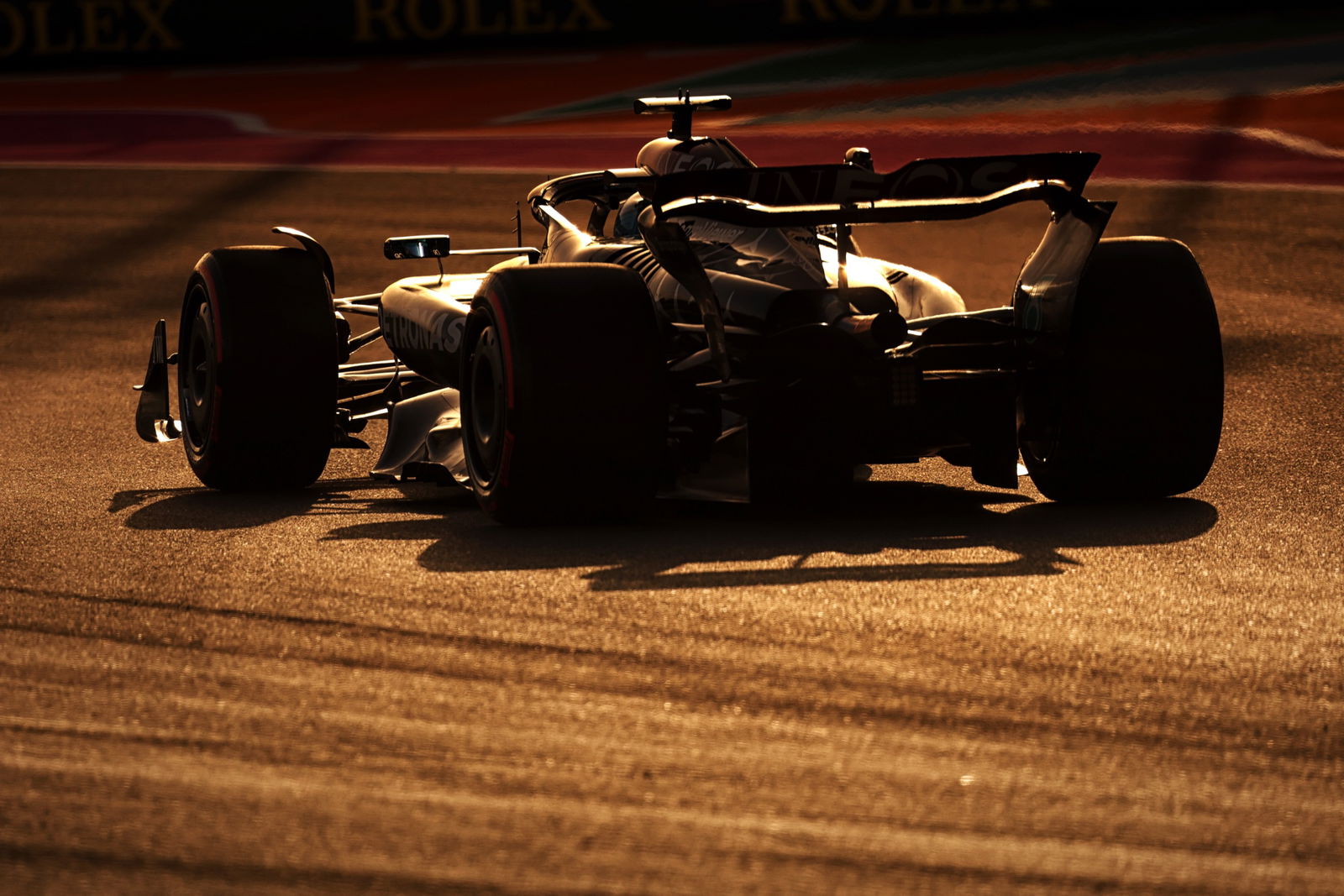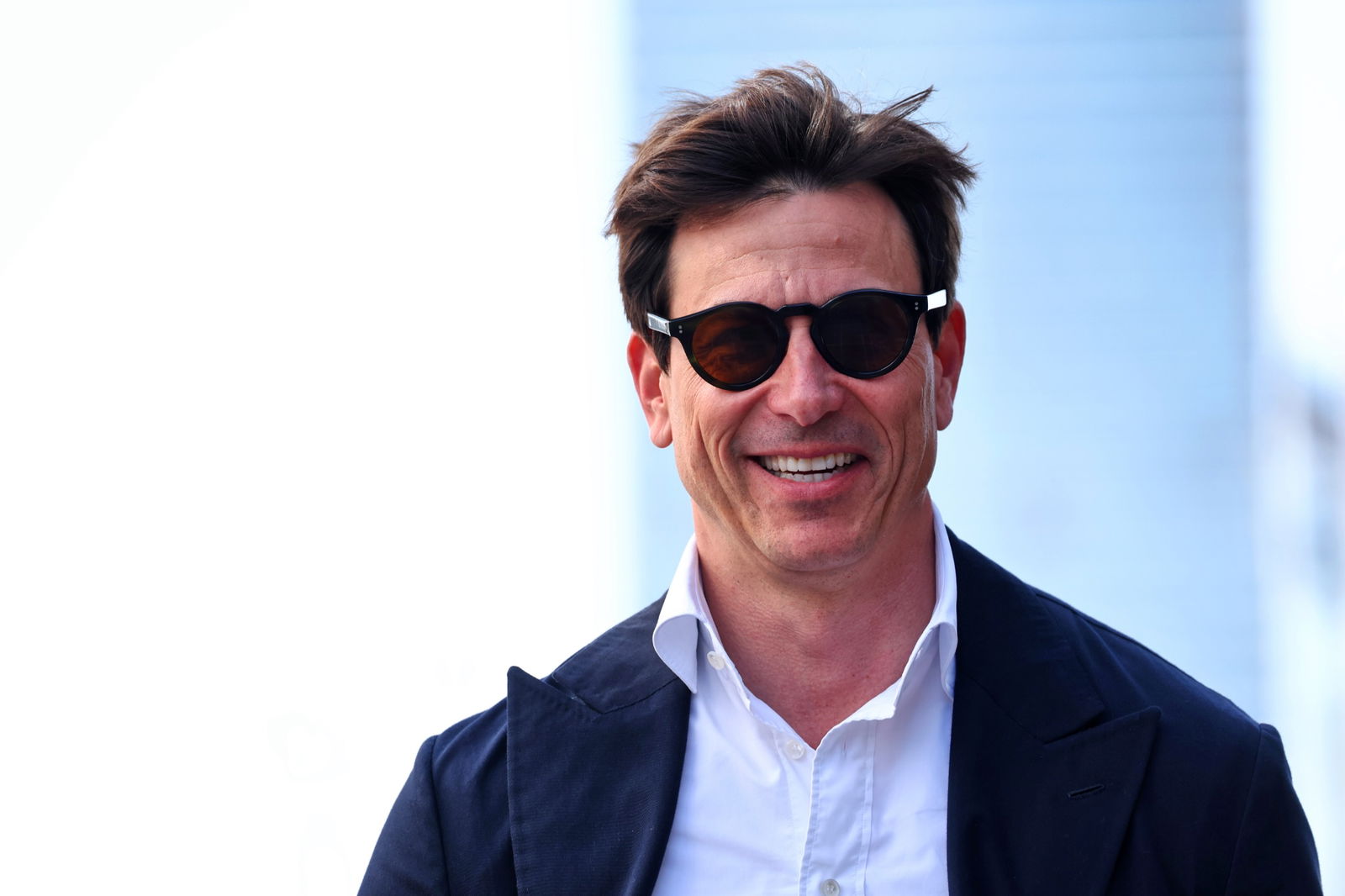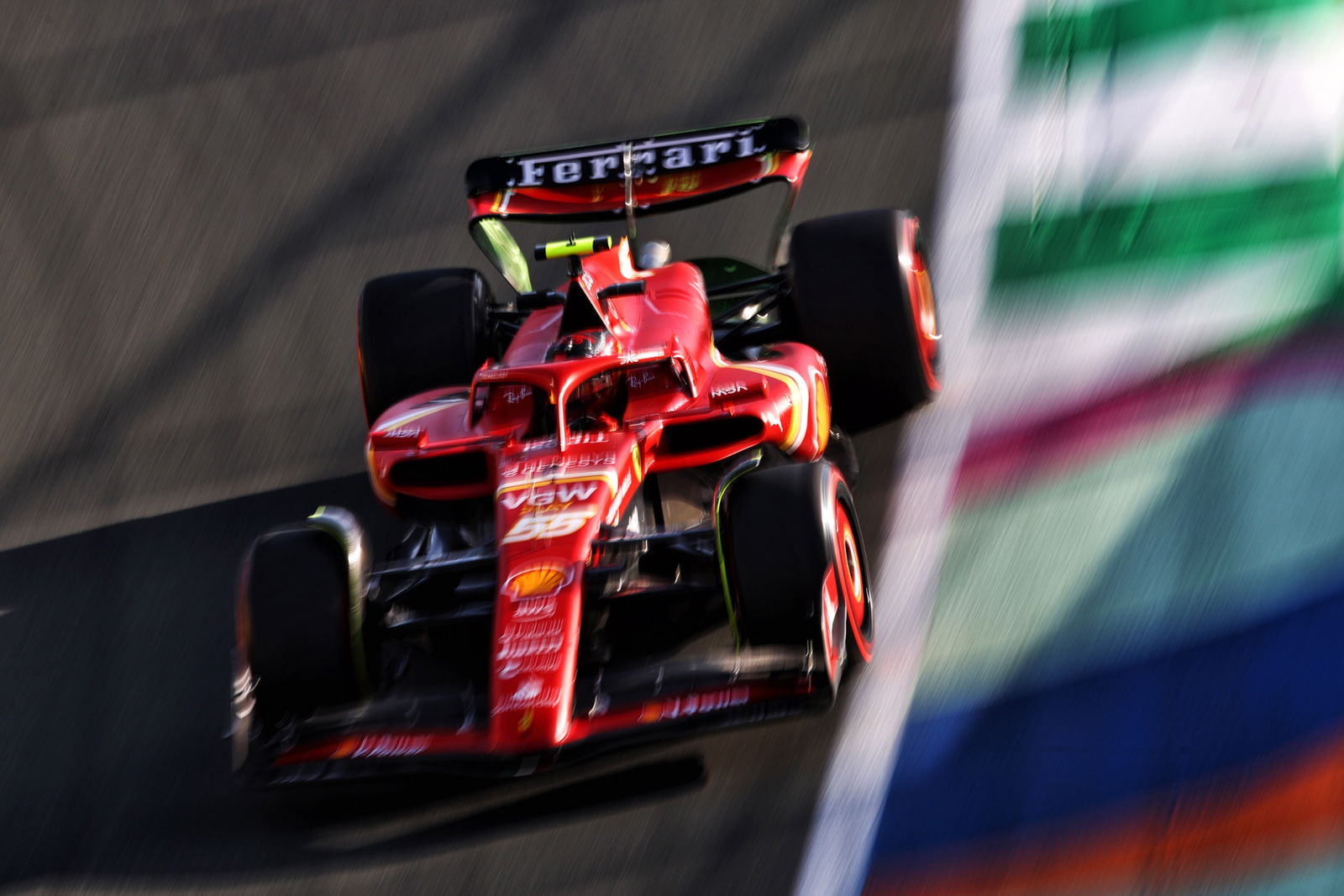‘Trapped in vicious circle of downforce and bouncing’ - Mercedes woes explained
F1 tech expert sheds light on Mercedes' ongoing performance woes amid tricky start to 2024.

Mercedes’ ongoing performance struggles have been explained by an F1 technical expert who believes the team remains “trapped in a vicious circle of downforce and bouncing”.
For the third consecutive campaign, Mercedes have endured a challenging start to a new F1 season. Despite revamping their car design, the W15 underwhelmed in the hands of Lewis Hamilton and George Russell in both Bahrain and Saudi Arabia.
Seven-time world champion Hamilton could not hide his frustration after finishing a lowly ninth in Jeddah and conceded that Mercedes still need to make “some big changes” to their 2024 challenger.
Writing in his column for F1.com, Mark Hughes pinpointed the key reasons for why Mercedes are still struggling three years into the current regulation cycle.
“It’s early days after just two races to conclude too much. But it does seem as if Mercedes’ difficulties with the venturi floor regulations in place since 2022 might be continuing,” Hughes said.
“The W15 has been designed to run super-low in the belief that the bouncing could now be better controlled than with the W13 through the combination of underfloor and suspension design. The W15’s performance in Jeddah was therefore quite worrying.
“The bouncing problem was back and was being triggered especially through the high-speed kinks of Turns 6-10 as the car sank low on its suspension. Mercedes arrived here with a low-downforce rear wing from a different family to the higher-downforce wing used in Bahrain.”

Explaining Hamilton and Russell’s differing approaches to their set-up, Hughes worryingly pointed out that Mercedes under-performed through Saudi Arabia’s high-speed corners regardless of which rear wing was used.
“In Jeddah Free Practice 3, Hamilton tried raising the ride height in an attempt at getting out of the bouncing window. To counteract the reduction in underbody downforce this will have had on other parts of the track, he also ran the rear wing in a higher downforce setting. Russell stayed with the lower downforce wing,” he wrote.
“Hamilton’s experiment didn’t work. Both cars remained slow through the high-speed turns. There was virtually no difference in speed through that section regardless of wing level. Around the rest of the track, Russell with his smaller wing was slower in the slow corners, and at Turn 27 onto the main straight Hamilton was doing 111km/h, Russell only 105.
“But Russell’s low wing was allowing him to claw that back and both were doing 305 over the start/finish – while Russell was faster by the end of the straight. Hamilton’s high wing was only buying him time in the slow corners, not the fast ones (because of the bouncing and the higher ride height). Hence he went back to the lower wing for qualifying and the race.”
At the end of his extensive analysis, Hughes concluded: “Around Jeddah, Mercedes last weekend found themselves still trapped in the vicious circle of downforce and bouncing they’ve been wrestling with since 2022.”


